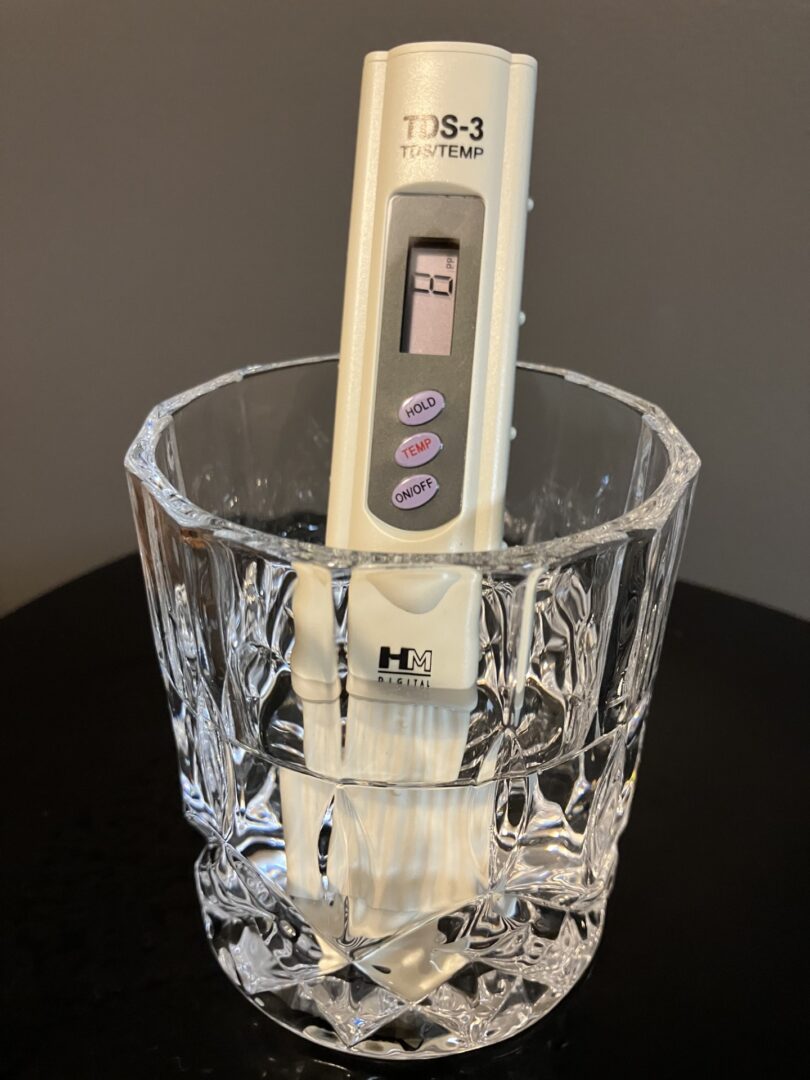Our Purification Process
We believe that Purification is absolutely essential for inline water coolers.
Unlike a "filter-only system", we provide 4 stages to include Reverse Osmosis technology. The water in your cooler tank should be pristine.
Wherever you see the Purify My Water name, you can enjoy with certainty that you are drinking purified H2O!
Our system provides four filters to include reverse osmosis technology:
Filter 1:
Stage 1: Sediment Filter. Removes dirt, sand and other particulates and initial chlorine reduction.
Filter 2:
Stage 3: Pre-Carbon Block Filter: For further reduction and protection of your RO membrane. Reduces or removes more than 95% of chlorine. Takes out common earthy, fishy and musty tastes and odors. Further filters out fine particulates including dirt, rust, and more.
Filter 3:
Stage 3: Reverse Osmosis Membrane produces healthier and better tasting drinking water and reduces a high percentage of dissolved inorganics. It reduces barium, cadmium, chromium III & VI, copper, fluoride, lead, mercury, nitrate, nitrite, radium, selenium, and other inorganics, which are then rinsed down the drain.
Filter 4:
Stage 4: Post Carbon Filter. Provides a final polish to clarify and enhance the taste of your drinking water!
*What are total dissolved solids (TDS)?
TDS stands for total dissolved solids, which encompass a variety of inorganic materials, natural particles, and organic compounds found in drinking water. These include salts, minerals, electrolytes, chlorides, and metals. Examples of common dissolved solids are calcium, magnesium, potassium, sodium, fluoride, and nitrate. It is important to note that certain levels of TDS are normal, harmless, and can even be beneficial, depending on the specific solids and their concentrations.
How do dissolved solids enter our water supply?
TDS can originate from natural sources, such as rocks and soil, as well as agricultural and industrial runoff, sewage, wastewater, and more. For instance, de-icing salt on roads, pesticides from fertilizers, metals from mining and pipes, minerals from rocks, and byproducts from water treatment systems can all contribute to TDS in your water supply. Some dissolved solids occur naturally, while others are introduced by human activities. It is essential to understand that the presence of dissolved solids can be both beneficial and detrimental.
How is TDS measured?
The most common and accessible method to measure TDS is by using a TDS meter. TDS stands for Total Dissolved Solids and is the measure of all organic and inorganic substances contained within a given sample of water, and is measured by PPM (parts per million). This handheld device provides an estimation of TDS within seconds by measuring the water's conductivity. TDS meters do not measure or specify each individual solid. A reverse osmosis system is powerful enough to remove up to 97% of TDS in tap water. Many people find that water from an RO system has a crisp and refreshing taste compared to tap water. We believe in a low TDS as a healthier alternative and a better tasting water!

Hazardous vs. Beneficial Dissolved Solids
Certain dissolved solids are classified as hazardous contaminants:
Lead: This prevalent heavy metal is associated with learning disabilities and nervous system damage.
Nitrate: A chemical found in fertilizers, animal waste, and sewage, elevated levels of nitrate ingestion have been linked to cancer, blue baby syndrome, and thyroid issues.
Arsenic: A natural carcinogenic chemical present in soil, rocks, and minerals, arsenic has been associated with various cancers.
Certain Pesticides: Chemical substances designed to control pests, these pesticides have been linked to reproductive problems, cardiovascular issues, and even cancer.
On the other hand, there are acceptable and beneficial minerals categorized as dissolved solids:
Potassium: Potassium can positively impact blood pressure, brain and heart health, and help prevent muscle weakness and cramps.
Magnesium: Magnesium aids in supporting digestive health, nerve function, and energy production.
Calcium: Calcium assists in building and maintaining strong bones and regulating the rate and rhythm of the heartbeat.
Remember, these harmful and healthful dissolved solids combine to form the TDS water reading or level.

